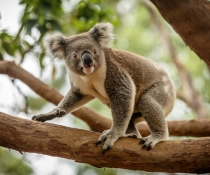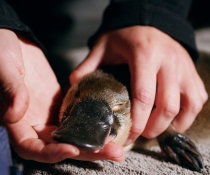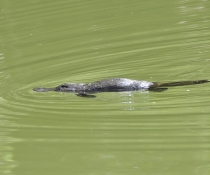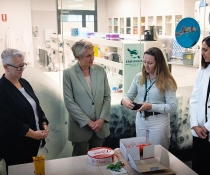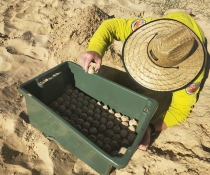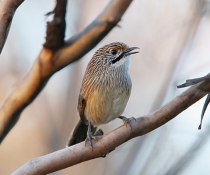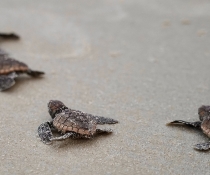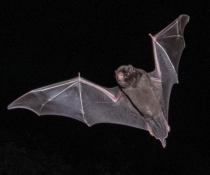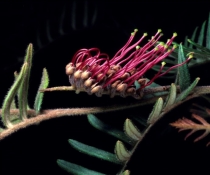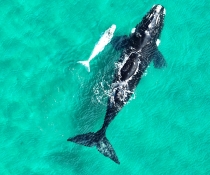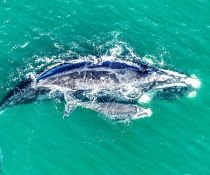Scientists rediscover endangered cockroach on Lord Howe Island after 80 years
In a remarkable tale of persistence and scientific surprise a Lord Howe Island native has survived the 100-year rodent invasion by literally living under a rock.

Lord Howe Island Board Chair, Atticus Fleming AM said the endangered Lord Howe Island Wood-feeding cockroach Panesthia lata was thought to be extinct on the main island of Lord Howe Island until its rediscovery 2 months ago.
"The survival is great news as it has been more than 80 years since it was last seen due to the invasion by rodents in 1918," Mr Fleming said.
"Two scientists from the Department of Planning and Environment (DPE) and University of Sydney were searching a control site on mainland Lord Howe Island as part of genetic study to find a suitable population from the outer islands to reintroduce one day.
"The first rock they lifted revealed a small population with a few more found under surrounding rocks beneath a single banyan fig-tree.
"Lord Howe Island really is a spectacular place, it's older than the Galapagos islands and is home to 1,600 native invertebrate species, half of which are found nowhere else in the world.
"These cockroaches are almost like our very own version of Darwin's finches separated on little islands over thousands or millions of years developing their own unique genetics," Mr Fleming said.
Department scientist Nicholas Carlile, who made the surprise discovery, alongside Honours student Maxim Adams, has surveyed invertebrates on Lord Howe for many years and was part of the team that rediscovered the Lord Howe Island phasmid on Balls Pyramid 21 years ago.
Mr Carlile said it is possible the cockroaches survived at this location due to decades of strategic rodent baiting by the Lord Howe Island Board to protect other threatened species such as the Lord Howe gecko, Lord Howe skink and a giant Placostylus land snail.
"Despite its common name suggesting they are wood-feeding cockroaches and that they burrow in rotting logs, we now believe they are more of a 'rock-roach' with rocks forming an important component of their habitat possibly due to their co-evolution alongside the ground foraging Lord Howe Island woodhen," Mr Carlile said.
Evolutionary biologist at the University of Sydney Professor Nathan Lo who leads the research project says our genetic analysis shows the re-discovered cockroaches on mainland Lord Howe Island are indeed survivors, genetically different from those which on the much smaller offshore Blackburn Island which remained rodent free.
Professor Lo says that while native cockroaches get a bad rap and do not always attract the funding of more charismatic threatened species, they are incredibly important nutrient recyclers, ecosystem engineers and as a food source for other species," Professor Lo said.
"There is still so much to learn. We are hoping to study their habitat, behaviours, and genetics and learn more about how they managed to survive, through further experiments on the island."
In 2019, an eradication of rodents on Lord Howe Island commenced and while a declaration of the operations success is still a year away, since the eradication program ended scientists have discovered the island flora and fauna is recovering in quite remarkable ways.
The research project is led by the University of Sydney in partnership with the Department of Planning and Environment, Lord Howe Island Museum and is funded by the Australia and Pacific Science Foundation and the Australian Research Council.

